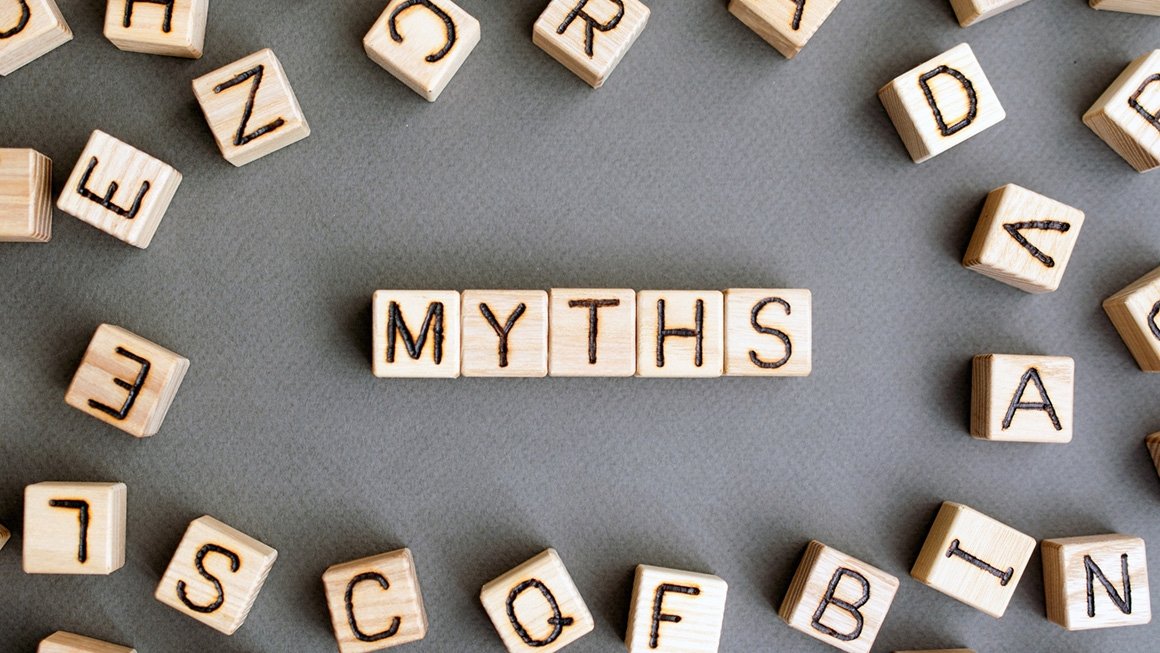
Debunking Four Common Classroom Myths
In a popular undergraduate course, UVA students explore myths and misconceptions commonly encountered in K-12 classrooms. Professor Jennifer Maeng outlines four myths covered in the course.
Pop quiz: Do plants “make” energy through photosynthesis, cellular respiration, or both? If you answered “only photosynthesis,” you may have bought into a common classroom myth.
In one undergraduate course in the UVA School of Education and Human Development (EDIS 2920: Debunking Classroom Myths), students explore myths and misconceptions commonly encountered in K-12 classrooms. The course covers misconceptions in three broad areas: STEM, social sciences and humanities, and teaching and learning.
Some myths are more straightforward – like how an eclipse works, or how plants get their energy. (The answer is "both,” by the way.) Others, like how statistics can be manipulated to mislead, are more complex. Throughout the course, students discuss how people learn, how to be critical consumers of information, and how to debunk misconceptions through instruction.
Jennifer Maeng, who designed the course, said it typically enrolls not just future teachers, but students from across the university – students majoring in political science, history, and engineering. That breadth of perspective makes for rich discussions as students probe big questions about knowledge and certainty.
“How do you identify a misconception? How do you know if you have a misconception about something? Those are not questions I can answer,” she said. “But I can help you think critically in a way that will help you determine if it’s a misconception.”
In an era of fake news, that skill is more important than ever. Maeng has been teaching the course for about five years, adjusting the syllabus to address current events along the way with the goal of helping her students become critical consumers of education.
“That was not necessarily a goal when I first started teaching the class – it was really more designed to get at specific misconceptions,” she said. “But then I started seeing these connections I could make based on what students were discussing in class.
“And what a valuable outcome for our college students to have. That is a skill that I would hope they would all have when we send them off into the world.”
Here, Maeng shares four common classroom myths covered in her course – and what the truth really is.
MYTH: A scientific theory is just an idea, while a scientific law is a fact
Maeng: A lot of people have the misconception that a scientific theory, when supported through evidence, becomes a scientific law. But in reality, they are two different types of scientific knowledge. And they both are important in the scientific community. A theory explains a phenomenon, and a law describes a phenomenon.
For example, evolution is a scientific law. Evolution describes things that we see: mutation in species; extinction; those are all evidence of evolution. Natural selection is the theory that explains why these things happen in nature. So, technically, it's the theory of evolution by natural selection.
MYTH: Math is a universal language
Maeng: People like to say that math is a universal language because of its foundation in numbers. The final answer on the page might look the same, but when you dig deeper, there are lots of differences in how people do math or represent numbers in different parts of the world.
Some examples we talk about in class are that mathematical notation is different in different countries – some people use periods, some people use commas, some use an apostrophe. The algorithms that students learn to do multiplication, for example, are different, too. It helps learners to think about math in this way – thinking about math as something that is flexible and has a creative component can be freeing for students.
MYTH: Teachers should teach students according to their preferred “learning style”
Maeng: The myth of learning styles is that students learn best through a particular modality, for example auditory, kinesthetic, or visual. If I'm a visual learner, the theory says, I'm always going to learn better in a visual way. In reality, it's more important to match the content and learning goals to the instructional approach and student needs than it is to a student's specific learning style.
We do an activity in class where I ask the students to draw the shape of a country in Africa by reading them a description of the country: it's on the western coast of Africa, there's 100 miles of coast, etc. Learning style theory would predict that this task would be simple for “auditory learners,” because they're listening to the instructions. But in reality, it's incredibly frustrating for all students, because there's a mismatch between the instruction and the learning outcome. It makes much more sense for all students to look at a map of the country to learn about its geography.
MYTH: Grades are always an accurate reflection of a student’s content knowledge
Maeng: Assessment and evaluation often get conflated in non-education circles. Assessment is an ongoing process of analyzing data with the goal of improving learning, while evaluation is meant to judge student learning, often for grading purposes. The analogy I use in class is that assessment is like an annual check-up at the doctors – you go in, you talk about ways you can improve your heath based on some metrics, but the doctor isn’t judging you.
Once we’ve talked about these differences, then we have this great debate on grading and evaluation. If the teacher sets specific learning objectives, and everyone meets them, should everyone get the grade that shows they met those objectives? If you got a C in chemistry, is that a C reflect your knowledge of chemistry, or are there other things – like you didn’t do your homework? Does that grade reflect content knowledge, or content knowledge plus life skills? The discussion really gets the students thinking and helps them become critical consumers of education.
